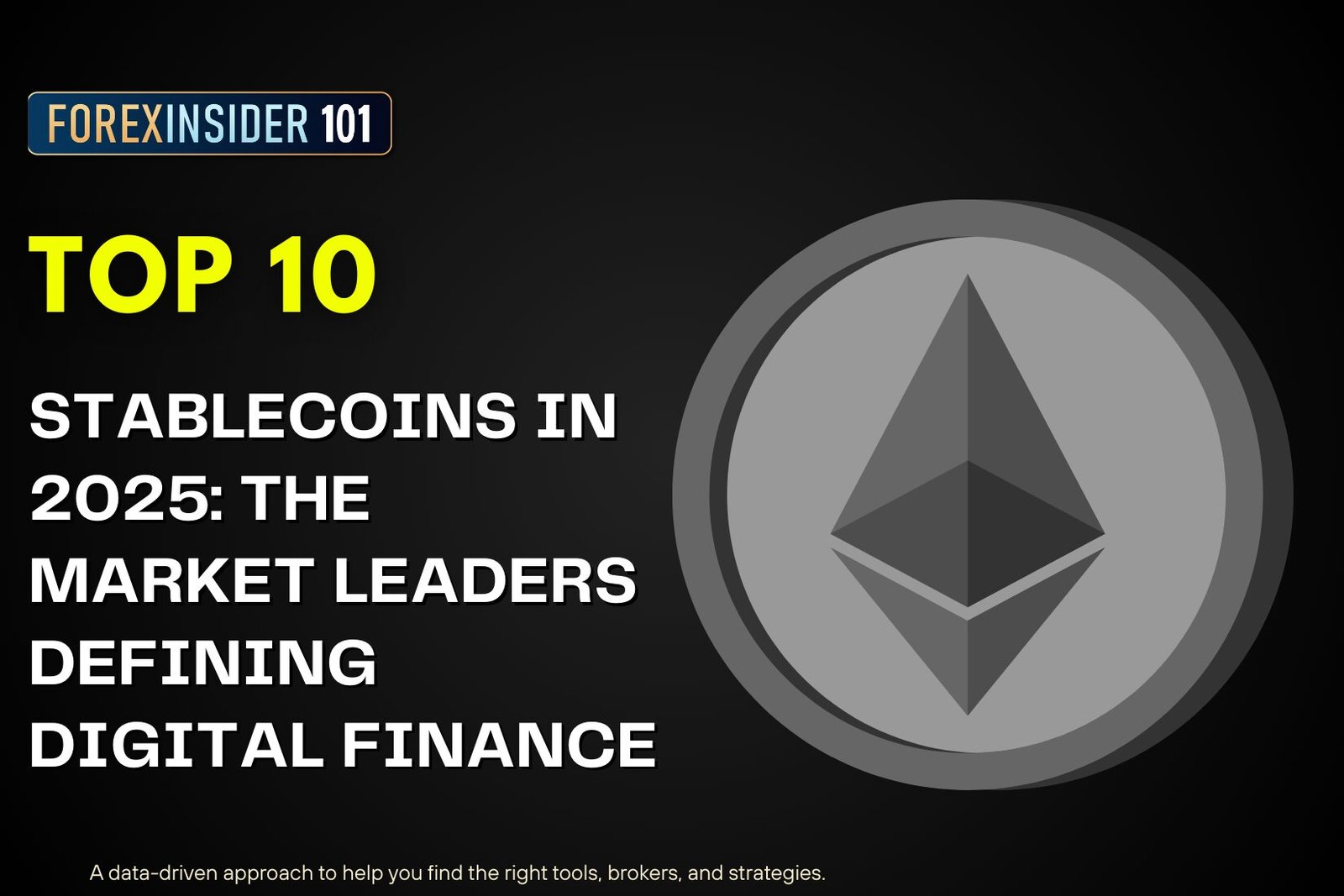Top 10 Stablecoins : The crypto industry has always been known for wild swings and sudden market shifts, but stablecoins emerged as a response to that instability. By pegging their value to fiat currencies like the U.S. dollar, stablecoins serve as a reliable medium of exchange that avoids the volatility of Bitcoin or Ethereum. They’ve grown from niche tools used by traders into globally recognized financial instruments powering payments, lending, remittances, and institutional settlements.
As we move through 2025, stablecoins occupy an even greater role in the financial ecosystem. Regulatory oversight is expanding across major economies, DeFi adoption continues to accelerate, and mainstream payment companies are building integrations around these tokens. This year feels like a turning point where stablecoins are not just supporting the crypto economy but also starting to influence traditional finance. In this article, we explore the top 10 stablecoins of 2025, their evolution, and the key factors that make them central to digital money today.
1. Tether (USDT)
Tether remains the largest and most widely used stablecoin in the world, holding a commanding share of the market. Its liquidity is unmatched, making it the default trading pair across most centralized and decentralized exchanges. For traders and institutions alike, USDT offers immediate accessibility and near-instant conversion into digital assets. This level of adoption has cemented its role as the backbone of crypto liquidity.
However, Tether has also faced years of scrutiny regarding its reserve backing and audit transparency. Critics argue that its disclosures fall short of the regulatory standards expected in traditional finance. Yet, despite these concerns, USDT continues to thrive, largely because of its network effect and the trust traders place in its accessibility. In 2025, Tether still dominates by volume, proving that liquidity and convenience often outweigh controversy.
2. USD Coin (USDC)

Source: Kraken
USD Coin has established itself as the compliance-first stablecoin, appealing strongly to institutions and enterprises. Managed by Circle and regulated under U.S. frameworks, USDC publishes detailed audits and works closely with banks and financial institutions. This transparency has made it the go-to choice for companies looking for a stablecoin they can rely on for corporate transactions and treasury management.
In 2025, USDC is increasingly integrated into fintech applications, banking partnerships, and even government-backed digital initiatives. While it may trail Tether in market share, USDC often leads when it comes to trust, regulatory alignment, and institutional use cases. For investors seeking a stablecoin with clear oversight and credibility, USDC has become the natural first choice.
3. First Digital USD (FDUSD)
A rising star in the stablecoin sector, FDUSD has grown rapidly thanks to its integration with Binance, the world’s largest crypto exchange. Its success has been particularly pronounced in Asia, where Binance holds a dominant market position. Backed by reserves with a focus on transparency, FDUSD has positioned itself as a credible competitor to more established players.
What makes FDUSD notable in 2025 is not just its association with Binance but also its alignment with the growing demand for regionally trusted stablecoins. As Asia becomes a hub for digital finance innovation, FDUSD is benefiting from both institutional adoption and retail usage. While it is still building its reputation globally, its trajectory suggests it could become one of the top challengers in the years ahead.
4. Dai (DAI)
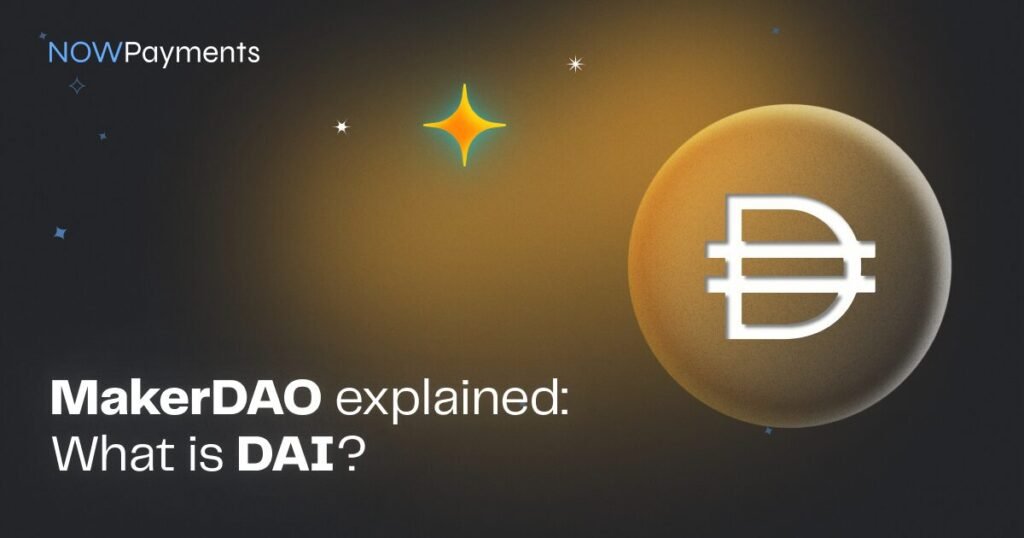
Source: NowPayments
Unlike most other stablecoins, Dai is not issued by a centralized company but instead operates under the governance of MakerDAO, a decentralized autonomous organization. Backed by a basket of crypto assets rather than fiat reserves, DAI has become the leading decentralized stablecoin, widely used across DeFi platforms. Its resilience through various market cycles has helped build a reputation as the “people’s stablecoin.”
Still, decentralization comes with challenges. Maintaining a stable peg to the U.S. dollar is complex, especially during times of high market volatility. Governance debates within MakerDAO also shape its direction, sometimes slowing its evolution compared to centralized competitors. Yet, in 2025, DAI remains a cornerstone of decentralized finance, offering a counterbalance to the dominance of fiat-backed stablecoins.
5. TrueUSD (TUSD)
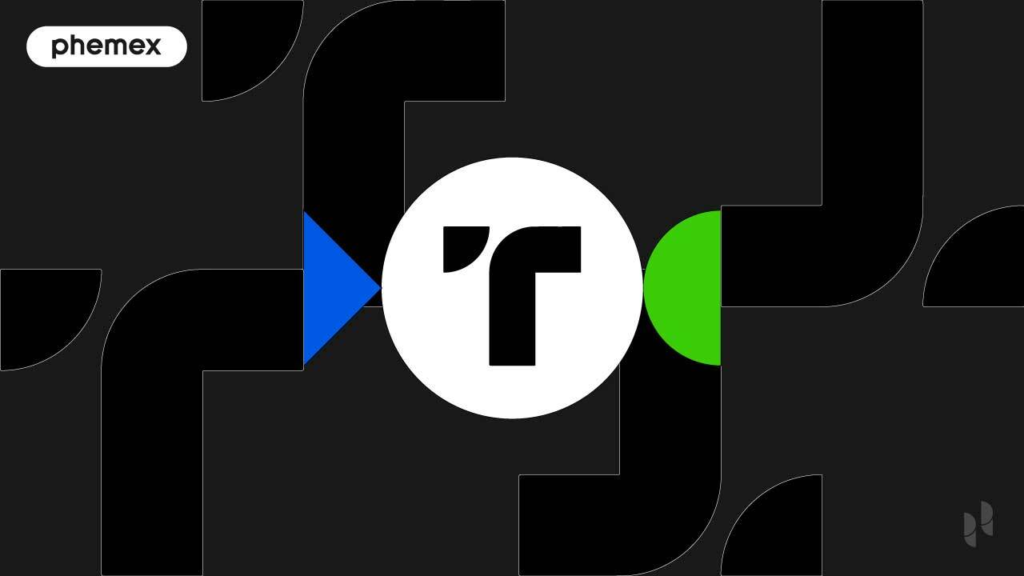
Source: Phemex
TrueUSD has carved out a space by emphasizing real-time reserve attestations, providing users with on-chain verification of its backing. This focus on transparency has resonated particularly well in Asia, where TUSD has gained traction among exchanges and regional traders. For those who prioritize verifiable audits, TUSD provides reassurance that its peg is well maintained.
Nevertheless, reliance on centralized custodians remains a potential vulnerability. While TUSD has not faced the same controversies as Tether, its smaller market cap limits its liquidity compared to larger players. Even so, its transparency-first model has ensured that TUSD maintains a respected position within the top tier of stablecoins.
6. PayPal USD (PYUSD)

Source: Kraken
PayPal’s entry into the stablecoin market marked a major step toward mainstream adoption. With millions of users worldwide, PayPal integrated PYUSD into its payments ecosystem, making stablecoins accessible to everyday consumers. By linking digital assets with PayPal and Venmo accounts, PYUSD has helped normalize the use of crypto for payments.
In 2025, PYUSD continues to expand, targeting retail users who are not necessarily crypto-savvy but familiar with PayPal’s services. While its adoption in DeFi is still limited, PYUSD’s value lies in its ability to bridge traditional payment networks with blockchain technology. It signals how legacy fintech firms can push stablecoins into mainstream commerce.
7. Top 10 Stablecoins : inance USD (BUSD)
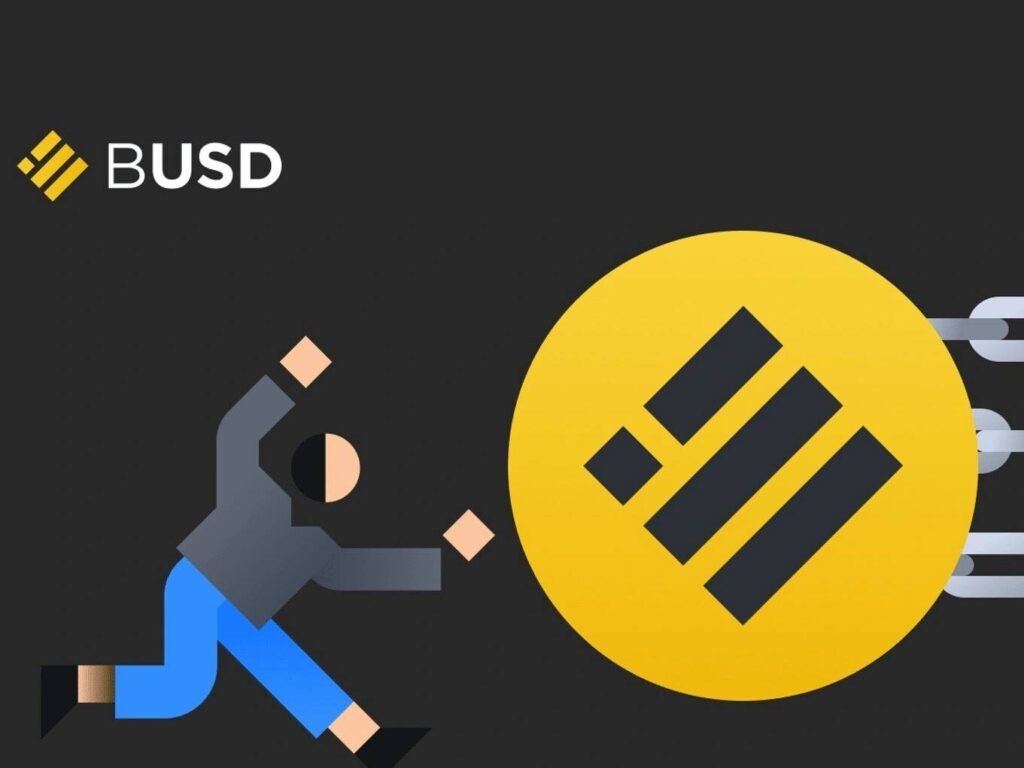
Sourrce: IQ.wiki
Binance USD was once among the fastest-growing stablecoins, heavily used within Binance’s global exchange ecosystem. However, U.S. regulatory action in 2023 slowed its momentum, with restrictions limiting its availability in some markets. Despite this, BUSD has not disappeared. Outside of the U.S., it remains relevant, particularly in markets where Binance dominates.
The uncertainty around its regulatory future has cast doubt on its long-term sustainability, but its legacy and adoption within Binance’s trading platforms ensure it still holds weight in 2025. For many international traders, BUSD remains an accessible and useful option, even if its peak days may be behind it.
8. Top 10 Stablecoins : Gemini Dollar (GUSD)
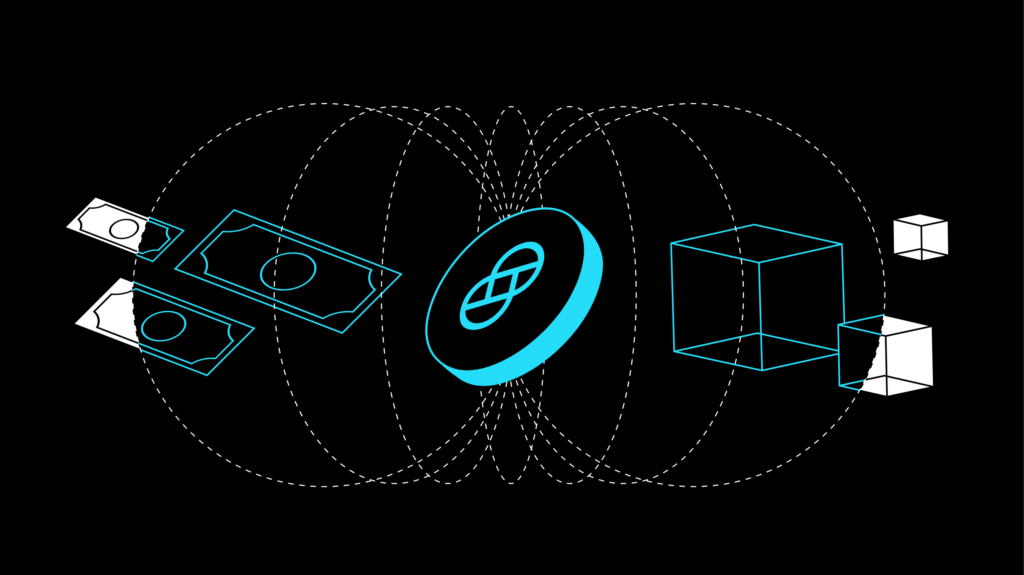
Source: Gemini
Issued by the Gemini exchange and backed by New York trust laws, Gemini Dollar has positioned itself as a fully compliant stablecoin designed for institutions. Its strong regulatory framework makes it attractive to users who prioritize safety, oversight, and legal clarity. While it does not boast the same market cap as USDT or USDC, its niche appeal lies in being a trusted option for enterprise and institutional DeFi use.
In 2025, GUSD continues to play a steady, if modest, role in the ecosystem. It is not the most widely adopted stablecoin, but its reputation for regulatory compliance ensures it remains relevant, particularly in markets where trust and oversight are critical.
9. Top 10 Stablecoins : USDD (TRON)

Source: Cryotoslate
TRON’s USDD is one of the more experimental stablecoins, operating under a hybrid algorithmic and collateralized model. It gained attention in emerging markets where TRON’s blockchain has significant adoption, particularly for low-cost transfers. USDD reflects TRON’s broader push to expand its influence in regions underserved by traditional finance.
However, algorithmic stablecoins carry risks, as demonstrated by past failures in the sector. While USDD has maintained relative stability so far, questions about its resilience under severe market stress remain. Its growth shows that there is still demand for alternative models, but its long-term viability is less certain compared to fully collateralized stablecoins.
10. Top 10 Stablecoins : Regional Stablecoins (EURS, XSGD, Stably USD)
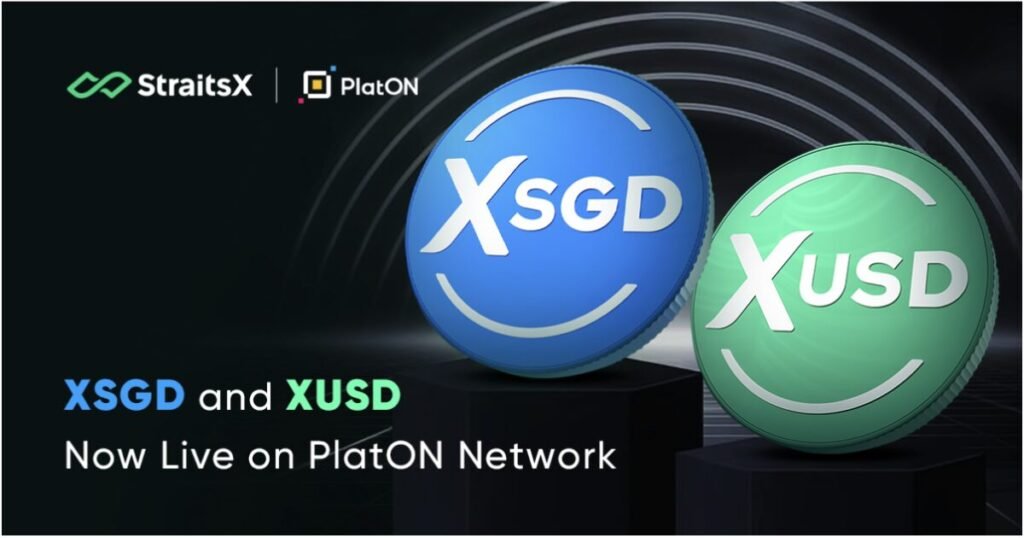
Source: the block
Beyond dollar-backed stablecoins, regional options are gaining traction. Tokens like EURS, pegged to the euro, and XSGD, pegged to the Singapore dollar, are finding adoption in their respective economies. These stablecoins serve local needs, from remittances to domestic payments, and highlight the diversification of stablecoin demand beyond the U.S. dollar.
In 2025, regional stablecoins represent a growing trend: the localization of digital finance. While they may not match the global scale of USDT or USDC, their importance lies in serving specific economies where stablecoins can provide faster and cheaper financial infrastructure than traditional systems.
Conclusion – Top 10 Stablecoins
The top 10 stablecoins in 2025 showcase a market that is both maturing and diversifying. From global giants like USDT and USDC to rising challengers like FDUSD and PYUSD, stablecoins are no longer just trading tools but pillars of modern finance. Regional tokens and decentralized models add further depth, showing that this sector is evolving to meet a wide range of global needs.
As regulation intensifies and adoption spreads, stablecoins are set to become even more essential to cross-border payments, DeFi ecosystems, and everyday commerce. Their continued growth underscores one thing: stablecoins are not just supporting the crypto industry — they are reshaping the very foundations of money itself.

